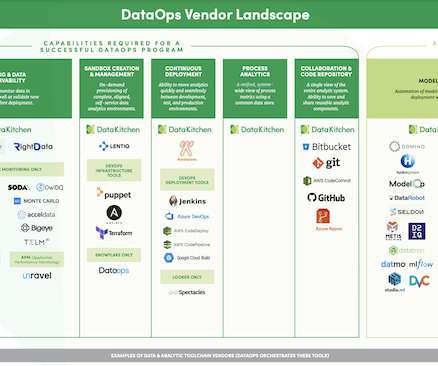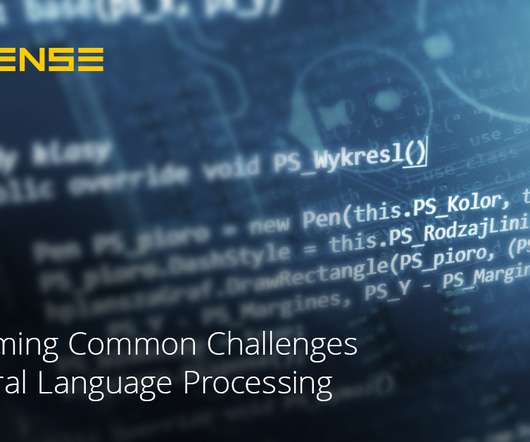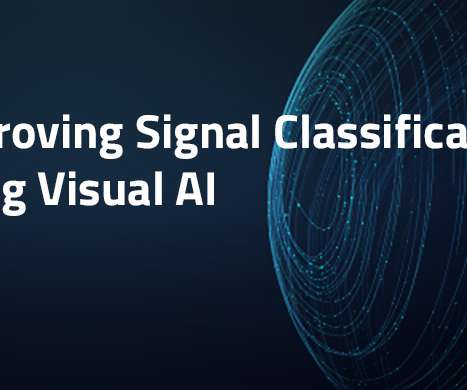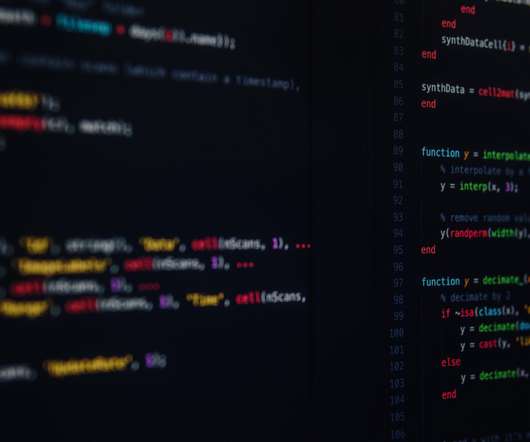AI vs. Machine Learning vs. Deep Learning vs. Neural Networks: What’s the difference?
IBM Big Data Hub
JULY 6, 2023
While artificial intelligence (AI), machine learning (ML), deep learning and neural networks are related technologies, the terms are often used interchangeably, which frequently leads to confusion about their differences. This blog post will clarify some of the ambiguity. Machine learning is a subset of AI.



















Let's personalize your content